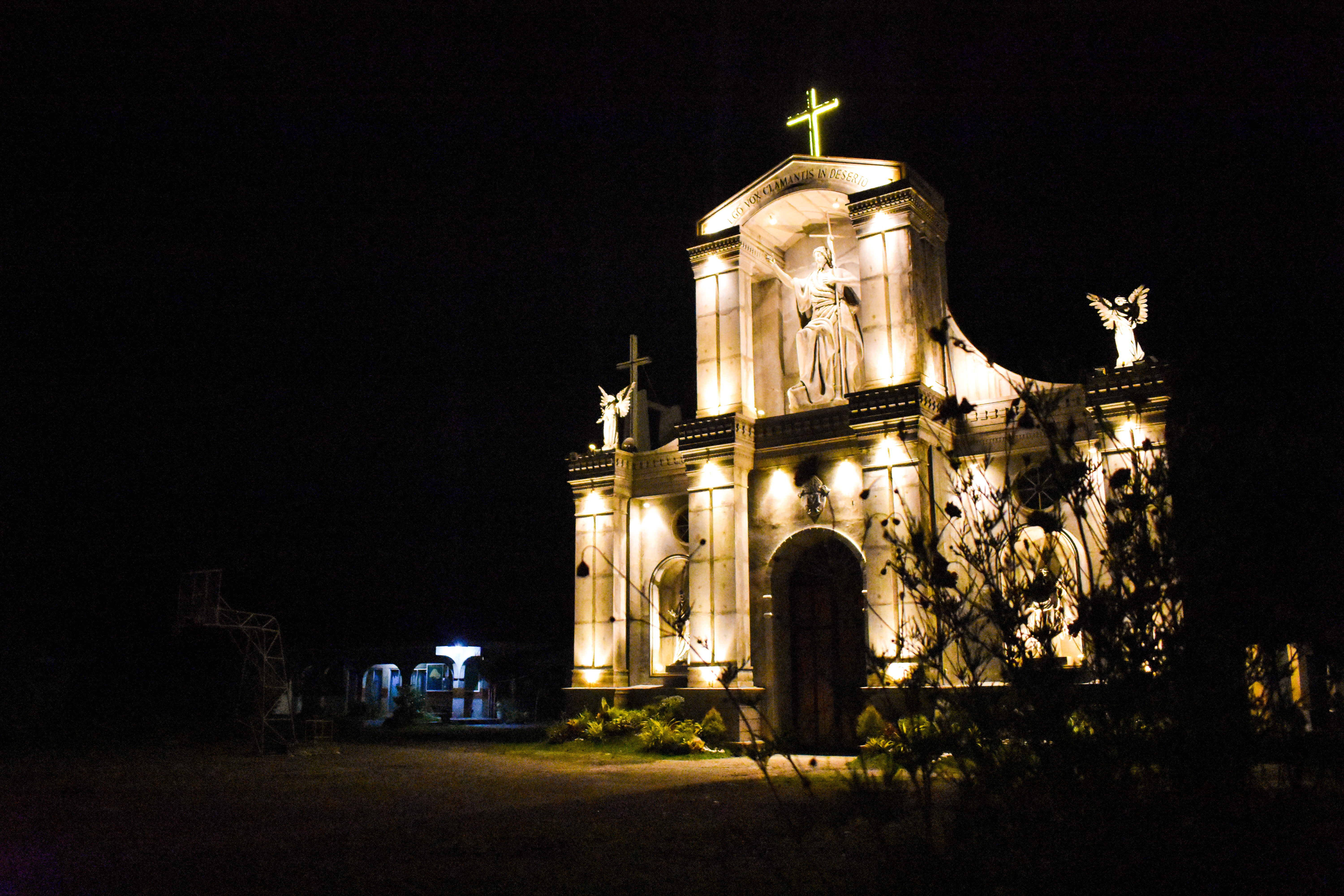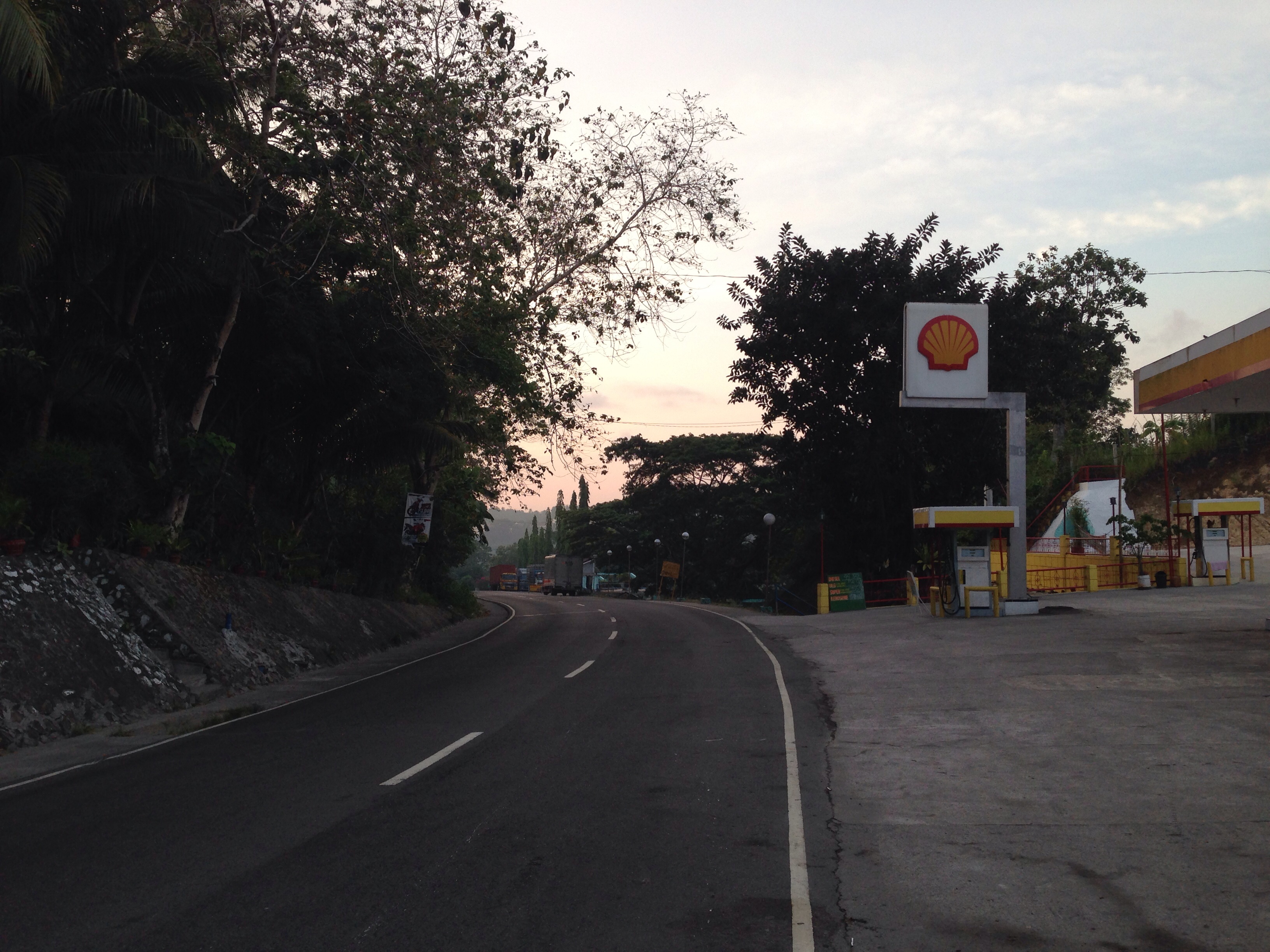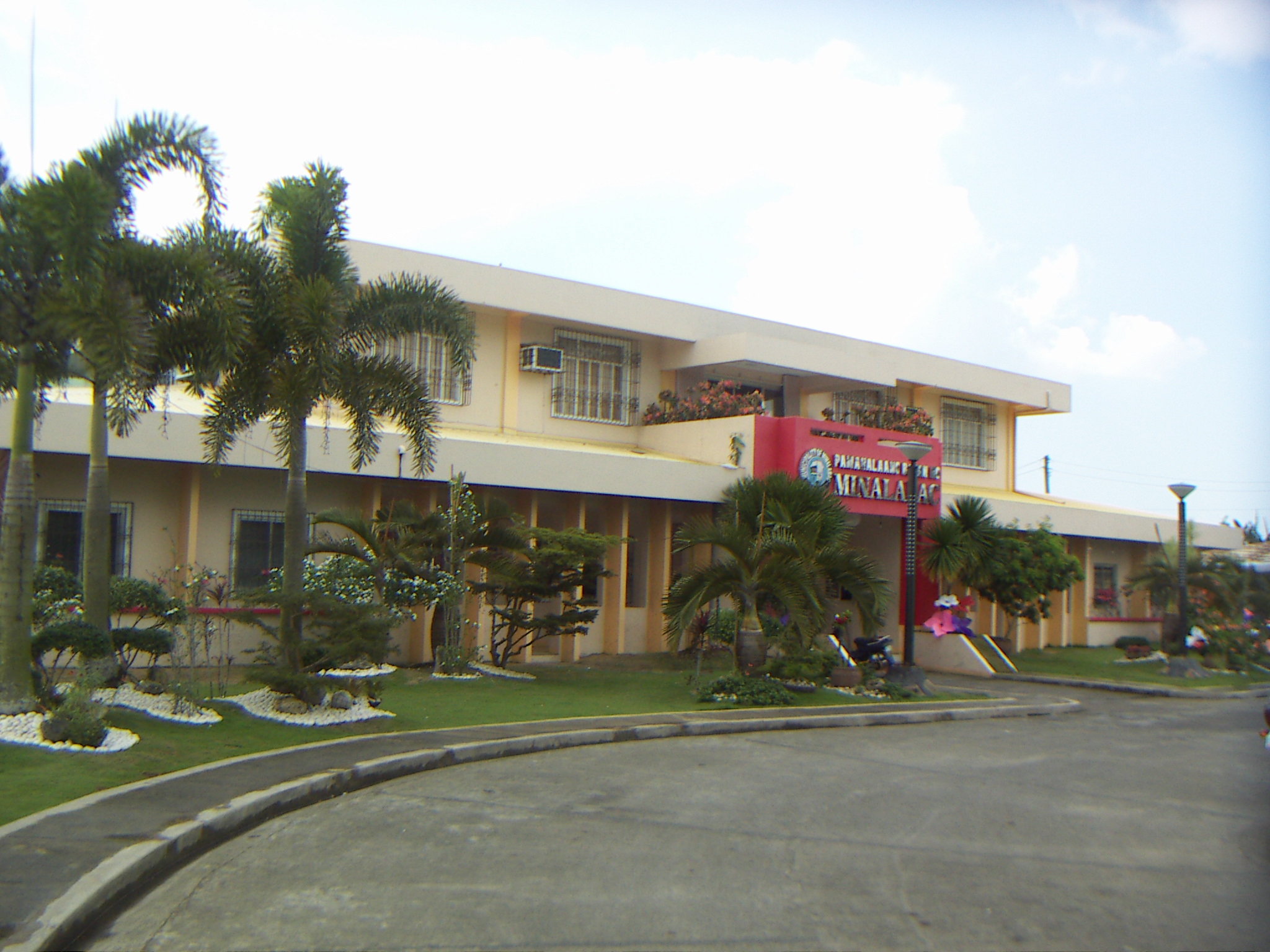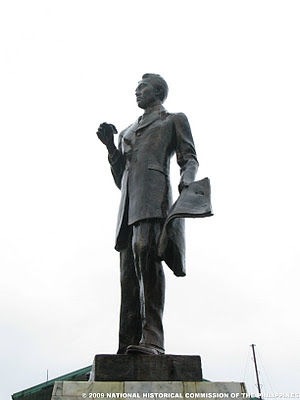|
Ambos Camarines's 1st Congressional District
Ambos Camarines's 1st congressional district is a defunct congressional district that encompassed the northern and western portions of the former province of Ambos Camarines. It was represented in the Philippine Assembly from 1907 to 1916 and in the House of Representatives of the Philippine Islands from 1916 to 1919. The Spanish colonial province of Ambos Camarines was reorganized under the Insular Government of the Philippine Islands on April 27, 1901 and was divided into three districts. Tomás Arejola, who was a former member of the Malolos Congress for Ambos Camarines's at-large district in 1898, was elected as this district's first representative in 1907. Following its repartition into Camarines Norte and Camarines Sur on March 3, 1919, the district was abolished with its northern territory having been absorbed by Camarines Norte's at-large congressional district. Representation history See also *Legislative districts of Camarines Norte *Legislative districts of Camarines S ... [...More Info...] [...Related Items...] OR: [Wikipedia] [Google] [Baidu] |
Congressional Districts Of The Philippines
Congressional districts of the Philippines ( fil, distritong pangkapulungan) refers to the electoral districts or constituencies in which the country is divided for the purpose of electing 253 of the 316 members of the House of Representatives (with the other 63 being elected through a system of party-list proportional representation). The country is currently divided into 253 congressional districts, also known as legislative districts or representative districts, with each one representing at least 250,000 people or one entire province. The 1987 Constitution of the Philippines initially provided for a maximum 200 congressional districts or 80 percent of the maximum 250 seats for the lower house, with the remaining 20 percent or 50 seats allotted for sectoral or party-list representatives. This number has since been revised with the enactment of several laws creating more districts pursuant to the 1991 Local Government Code. Philippine congressional districts are contiguous an ... [...More Info...] [...Related Items...] OR: [Wikipedia] [Google] [Baidu] |
Gainza
Gainza, officially the Municipality of Gainza ( bcl, Banwaan kan Gainza; tl, Bayan ng Gainza), is a 4th class municipality in the province of Camarines Sur, Philippines. According to the 2020 census, it has a population of 11,584 people. Gainza is one of the oldest municipalities in Camarines Sur. Gainza is a part of Metro Naga Urban Area History The town is not a young municipality neither it can be counted among the ancient towns and cities in the Bicol Region. However, its origin is as old as “Ciudad de Caceres” – Naga City today. The municipality was formerly a barrio of Ciudad de Cacares founded by Captain Pedro de Chavez. The barrio of Ciudad de Caceres was called Sto. Domingo, after its patron saint, Sto. Domingo de Guzman. Because the natives of this farming and fishing village had progressively clung to the fertile lowland soil and fish- rich meandering rivers and creeks in the central part of the province, its people earned the benevolence and recognition ... [...More Info...] [...Related Items...] OR: [Wikipedia] [Google] [Baidu] |
Sipocot
Sipocot, officially the Municipality of Sipocot ( bcl, Banwaan kan Sipocot; tl, Bayan ng Sipocot), is a 1st class municipality in the province of Camarines Sur, Philippines. According to the 2020 census, it has a population of 68,169 people. Sipocot is from Pili and from Manila. History In the early decades of 20th century, archaeological studies conducted between the Sipocot and Libmanan area netted Chinese funereal artifacts of either 14th or 15th century origin. The historical finds suggest that the area belonged to one of the oldest habitational and thickly populated sites long before the arrival of the Spaniards. In fact, small cluster of villages within the jurisdiction of Sipocot had been in existence when the initial group of Spanish encomenderos penetrated the region. These villages, which now comprise Sipocot, were Sacalacvangan (Calagbangan), Caanip (Anib), Cabilindi (Hindi), and Caysian (Taisan), among others. Early on, due to its remote and almost inaccessibl ... [...More Info...] [...Related Items...] OR: [Wikipedia] [Google] [Baidu] |
San Fernando, Camarines Sur
San Fernando, officially the Municipality of San Fernando ( bcl, Banwaan kan San Fernando; tl, Bayan ng San Fernando), is a 2nd class municipality in the province of Camarines Sur, Philippines. According to the 2020 census, it has a population of 38,626 people. San Fernando is from Pili and from Manila. History Ambos Camarines included among its "visitas" or barrios the town of San Fernando. The town, however, also remained as a "barrio" of Milaor for more than 230 years. Pueblo de San Fernando separated from Milaor and was established as an independent pueblo on 1 January 1813. The residents of this old settlement were noted for their religious devotion as manifested by their honor and dedication to San Fernando, the town's patron saint. This patron of San Fernando, according to historical records, was however not the original patron saint for whom the first settlers built the chapel. They actually built a chapel in honor of their patron saint San Fernando. However, for so ... [...More Info...] [...Related Items...] OR: [Wikipedia] [Google] [Baidu] |
Ragay, Camarines Sur
Ragay, officially the Municipality of Ragay ( bcl, Banwaan kan Ragay; tl, Bayan ng Ragay), is a 1st class municipality in the province of Camarines Sur, Philippines. According to the 2020 census, it has a population of 59,770 people. Ragay is from Pili and from Manila. History No date was known as to the establishment of the municipality of Ragay although it was recorded that the town was still a ''visita'' of Lupi on April 15, 1753. Geography Barangays Ragay is politically subdivided into 38 barangay's. Climate Demographics In the 2020 census, the population of Ragay, Camarines Sur, was 59,770 people, with a density of . Economy Transportation The municipality is connected with Manila by the Andaya Highway and daily rail services to and from Naga & Legazpi are provided by the Philippine National Railways. In order to spur development in the municipality, The Toll Regulatory Board declared Toll Road 5 the extension of South Luzon Expressway. A 420-kilometer, ... [...More Info...] [...Related Items...] OR: [Wikipedia] [Google] [Baidu] |
Pasacao
Pasacao, officially the Municipality of Pasacao ( bcl, Banwaan kan Pasacao; tl, Bayan ng Pasacao), is a 2nd class municipality in the province of Camarines Sur, Philippines. According to the 2020 census, it has a population of 53,461 people. It is known for its long stretch of brownish sand beaches, earning it the title "''Summer Capital of Camarines Sur''". The municipality has jurisdiction over the 200-m tall Daruanak island, which is the town's unofficial symbol and appears on its official seal. The Port of Pasacao, located in Barangay Sta. Rosa Del Sur, is a fishing, passenger, cargo port and serves passengers traveling from Pasacao to Burias in Masbate. During the Spanish colonization in the 16th century, Pasacao was one of the embarkation points in Camarines Sur and was the only sea transportation link to Manila. It played a vital role in the development of commerce and trade in the province. The town was formed in 1872, according to records from the Archdiocese of Cá ... [...More Info...] [...Related Items...] OR: [Wikipedia] [Google] [Baidu] |
Paracale
Paracale, officially the Municipality of Paracale ( tl, Bayan ng Paracale), is a 3rd class municipality in the province of Camarines Norte, Philippines. According to the 2020 census, it has a population of 60,198 people. Paracle’s economy is driven by agriculture and small scale, often informal gold mining and gold ore processing. Rice, corn, coconut and root crops and vegetables are the major agricultural products. Being a coastal community with a number of historical sites and providing boat access to Calaguas Group of Islands it also has some claim as a tourist destination. History Paracale was an active fishing and small scale mining community prior to the Spanish colonial period. In 1572, attracted by news of gold deposits, Juan de Salcedo petitioned to search for mines in the Bicol region. Arriving by boat from the North, Salcedo’s expedition found mining operations at Paracale, but was forced to retreat due to sickness and lack of provisions. A more permanent settlem ... [...More Info...] [...Related Items...] OR: [Wikipedia] [Google] [Baidu] |
Pamplona, Camarines Sur
Pamplona, officially the Municipality of Pamplona ( bcl, Banwaan kan Pamplona; tl, Bayan ng Pamplona), is a 3rd class municipality in the province of Camarines Sur, Philippines. According to the 2020 census, it has a population of 39,333 people. History The beginnings of this town can be traced back from the date it was made a ''visita'' of Milaor. The town of Pamplona was founded in 1817. It first started as a settlement in Western area of the Bicol River, then it grew to become a Sitio called Patong. The name was changed to Pamplona by a retired Spanish military officer who resided in the place and named it after his native city in Spain - Pamplona, capital of Basque, Province of Navarro.Brief History of Pamplona (May 17, 2013) Retrieved from http://www.pamplona.gov.ph/History.html Historical references concluded that most Spaniards inhabiting the place came from the province of Pamplona in Spain and thus decided to name their settlement also as "Pamplona". Pamplona offic ... [...More Info...] [...Related Items...] OR: [Wikipedia] [Google] [Baidu] |
Minalabac
Minalabac, officially the Municipality of Minalabac ( bcl, Banwaan kan Minalabac, tl, Bayan ng Minalabac), is a 2nd class municipality in the province of Camarines Sur, Philippines. According to the 2020 census, it has a population of 53,981 people. Geography Barangays Minalabac is politically subdivided into 25 barangays. Climate Demographics In the 2020 census, the population of Minalabac was 53,981 people, with a density of . Economy Minalabac is classified as a 2nd class municipality. Minalabac has the same economy as Libmanan, Cabusao, San Fernando, Milaor, Ocampo, Nabua, and Calabanga because of fishing in coastal barangays near Ragay Gulf particularly Salingogon, and Bagolatao. Minalabac has several beach resorts that also boosts the economy of the town. Majority of the land is devoted to rice, vegetables and other root crops. Transportation Buses are used for transportation from Naga City to Minalabac, and from Bicol Central Station in Triangulo to the mar ... [...More Info...] [...Related Items...] OR: [Wikipedia] [Google] [Baidu] |
Milaor
Milaor, officially the Municipality of Milaor ( bcl, Banwaan kan Milaor; tl, Bayan ng Milaor), is a 3rd class municipality in the province of Camarines Sur, Philippines. According to the 2020 census, it has a population of 33,963 people. Milaor is part of the Metro Naga Urban Area. It is from Pili and from Manila. History The work of evangelization in Milaor began in 1579 when the Franciscan missionaries came to the Philippines upon the order of Pope Sixtus V and King Philip II, and given specific assignment to work in Bicol Region. In 1585, Milaor was declared a parish under the titular patron, Saint Joseph. The first parish administrator was Fray Matias de Andrade, OFM., who arrived in Bikol in 1582 and later became the fifth Bishop of the Diocese of Nueva Caceres. The Franciscans, Fray Juan del Sacramento and Fray Jose dela Virgen, initiated the construction of a church made of bricks and stones. This was built in a place known today as "Sinimbahanan" now a part o ... [...More Info...] [...Related Items...] OR: [Wikipedia] [Google] [Baidu] |
Jose Panganiban, Camarines Norte
Jose Panganiban, officially the Municipality of Jose Panganiban ( tl, Bayan ng Jose Panganiban), is a 2nd class municipality in the province of Camarines Norte, Philippines. According to the 2020 census, it has a population of 63,662 people. The municipality was formerly known as Mambulao, a word taken from “''mambulawan'',” meaning bountiful in gold. It was renamed to honor José María Panganiban on December 1, 1934. Geography Barangays Jose Panganiban is politically subdivided into 27 barangays. Climate Climate in the Philippines is classified into four types. Camarines Norte's climate is classified under Type II, which is characterized by the absence of a dry season, with maximum rain period occurring between December to February, and minimum monthly rainfall occurring between March to May. The northeast monsoon moves mainly north and northeast trending to easterly towards the end of the season. Average temperature ranges from 20 degrees Celsius to 28.3 degrees Cel ... [...More Info...] [...Related Items...] OR: [Wikipedia] [Google] [Baidu] |
Lupi, Camarines Sur
Lupi, officially the Municipality of Lupi ( bcl, Banwaan kan Lupi; tl, Bayan ng Lupi), is a 3rd class municipality in the province of Camarines Sur, Philippines. According to the 2020 census, it has a population of 33,897 people. Lupi is from Pili and from Manila. History Lupi, in the first district of the province, was branded as a "travelling poblacion" as it had been transferred several times when it was a small settlement during Spanish rule. On 17 October 1726, however, the Spanish government under the administration of Governor General Marquéz de Torrecampo who was also the titular head of the Diocese of Caceres, issued a decree making Lupi a separate town. Geography Barangays Lupi is politically subdivided into 38 barangays. Climate Demographics In the 2020 census, the population of Lupi, Camarines Sur, was 33,897 people, with a density of . Economy Transportation The municipality is connected with Manila by the Andaya Highway and daily rail services t ... [...More Info...] [...Related Items...] OR: [Wikipedia] [Google] [Baidu] |





